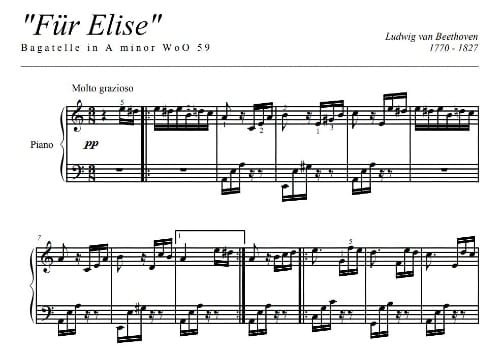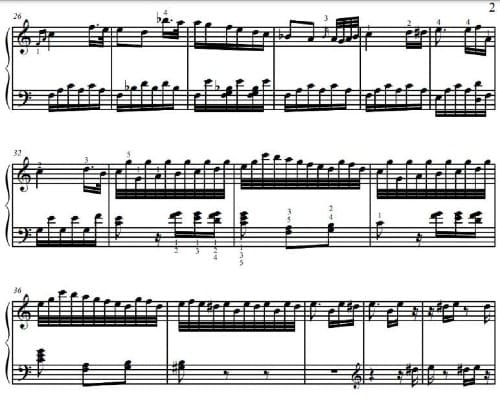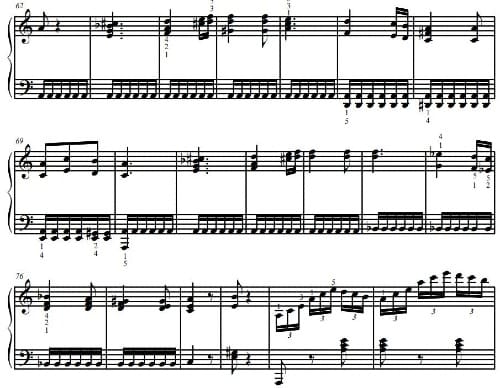
Table of Contents
Have you ever wondered how your favorite songs are put together?
Just like a story has chapters, songs have different parts too. Whether it's classical symphonies or the latest pop hits, they're all divided into sections in order to make it easy for the audience to understand the motive of music.
1. Components of Music
For instance, in popular music, it is generally divided into:
verses,
bridge, and
chorus.
Picture it like this: in a pop song, you've got your verses (the story), the bridge (a little twist), and the chorus (the big moment).
a. Verses
Verses are like chapters in a book—they tell different parts of the story or add details to the main idea. Each verse might have its own words and melody, but they all fit together to tell the whole story of the song.
b. Bridges
Bridges are like unexpected twists in the story. They break away from the verses and chorus, offering a fresh perspective or musical variation. Bridges add excitement and depth to a song, giving the song a fresh feel before it goes back to the familiar chorus.
c. Chorus
Chorus is the heart of the music, where everything comes together. It is the part where the music communicates the intent or main theme of the music. Often, the chorus includes a catchy phrase that sticks in your head, and it's usually the title of the song.
The following song is an extract from a popular Disney animated movie, Frozen.
The blue highlight represents the first verse, the green highlight is the bridge and the yellow highlight is the chorus.
2. How does decoding help in learning?
When learning music to sing, break it into small parts and practice each one with the right techniques.
If you get stuck, slow down. Going slow helps you see where you're making mistakes - it's like touching the problem. Once you can do it in slow motion, you can speed up.
Eventually, you'll put the whole song together as one. Similarly, the same applies when you learn piano.
For example, take the popular piece by Beethoven, "Für Elise."

This part has three sections where the main theme repeats itself as a bridge between these sections. The above music is an extract from the first section which many students enjoy playing. The music begins with the main theme of the song.
The next section is where most of the students in beginner piano lessons get discouraged as there are many technical requirements apart from the rhythm complexity. For this section, it is advised to divide this section into bars/measures that are manageable to play as setting the rhythm between the two hands can be a challenge.

On an average, a student spends about anywhere from 6 to 12 weeks to get it together. So please give time to this section. Along with it, it's advisable to listen to the music as often as possible to understand the rhythm.
The last part of the piece is easier compared to the middle section. Many students like it because it has deep bass notes that repeat, making it feel urgent and full of emotion, like Beethoven's music often does. The tricky part is keeping a steady beat as the intensity grows. It's important not to rush or get louder in this section.

3. Enjoy the Process
Mistakes are normal when you're learning; they are proof that you are learning.
Playing the piano and making good music is a slow and steady journey that requires a lot of effort and patience. As you improve, music becomes more and more interesting.
Remember, not to give up because of the mistakes. Mistakes are normal when you're learning; they are proof that you are learning.
The important thing is to keep practicing and getting better each time. What is the fun in a destination if there are no obstacles in the journey, right?
4. Be Patient
Imagine yourself as a turtle on this journey. There's no need to rush to reach your destination quickly. It's important to focus on getting things right, not just getting there fast. If you hurry, you'll miss important details and make more mistakes. Eventually, you might feel frustrated and need a break, like the rabbit in the story. But you know who wins in the end, right?
So remember, it's not a sprint—it's a marathon.
5. Set the intent for your practice
Don’t just mechanically play music with no purpose. Every practice has to be done with intent because without intent, there is no impact. And there is no point in practicing a craft if we lose the whole meaning of doing it.
Practicing a craft is to create art, and there is no art without heart in it. So, practice with full focus and attention, and avoid all distractions during the practice. Find the story or the emotion you want to convey through music and focus on conveying that emotion to the audience.
Find the story or the emotion you want to convey through music and focus on conveying that emotion to the audience.
Don't forget that you were putting efforts to make it effortless; not soulless. It's not about playing more but about feeling more. There is a reason for every note, and even the slightest change in the music has something to say. And that’s true art - something that makes one feel.
As students, it is our responsibility to understand those reasons with the help of our teachers and under their guidance, convey those reasons and emotions to the audience.
Happy playing!
~Dini Siregar
Keyboard/Piano Teacher
Spardha School of Music